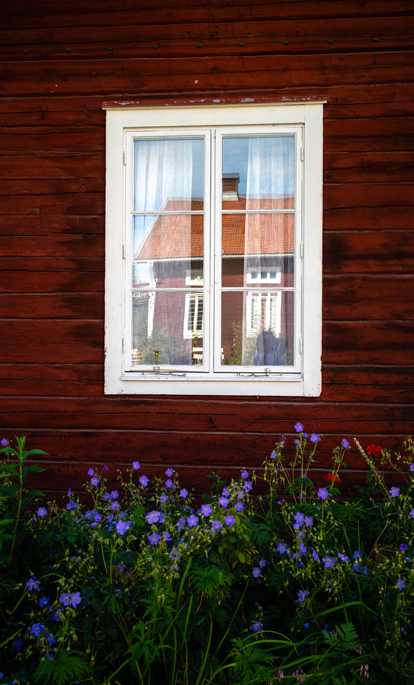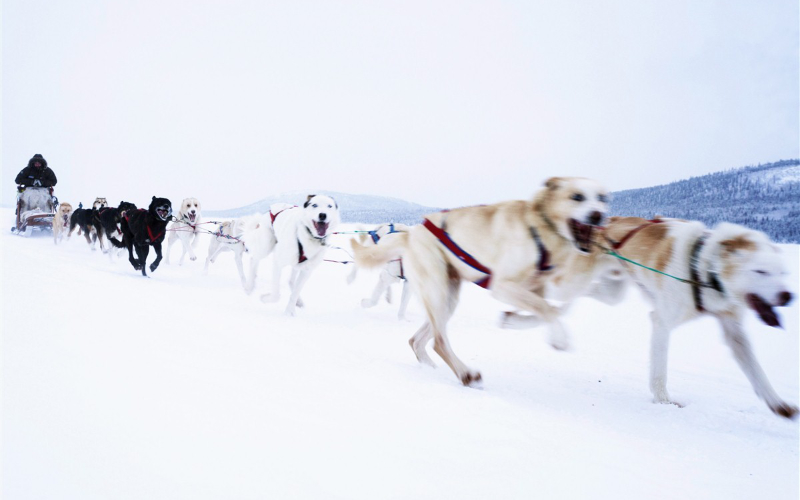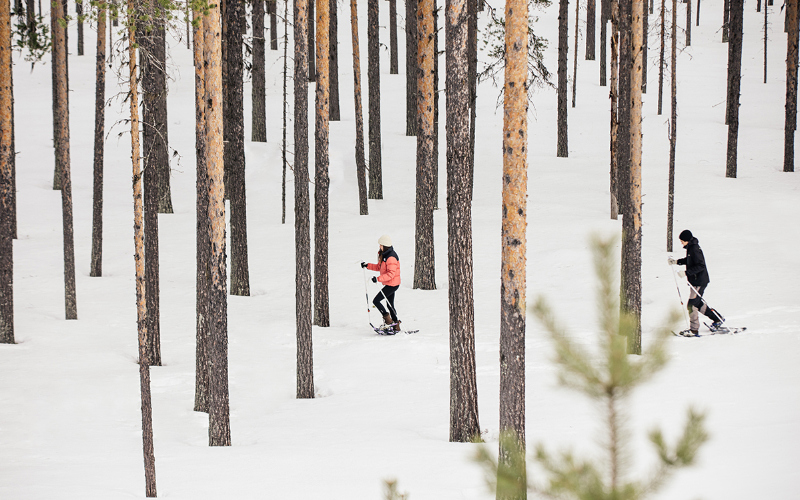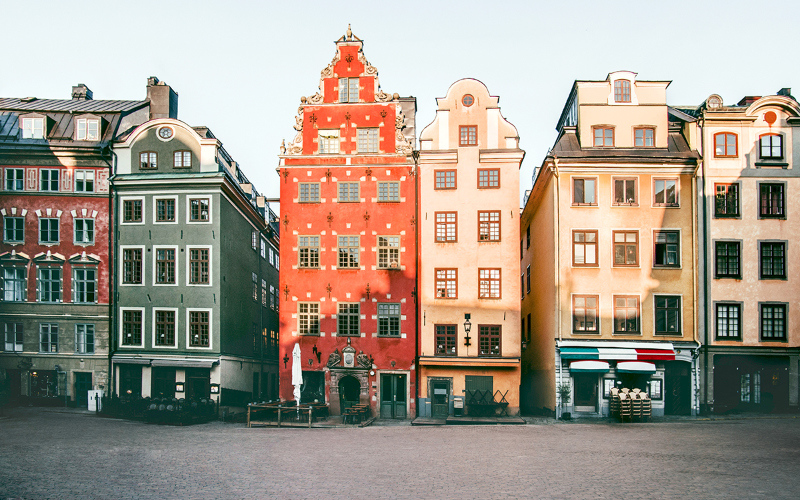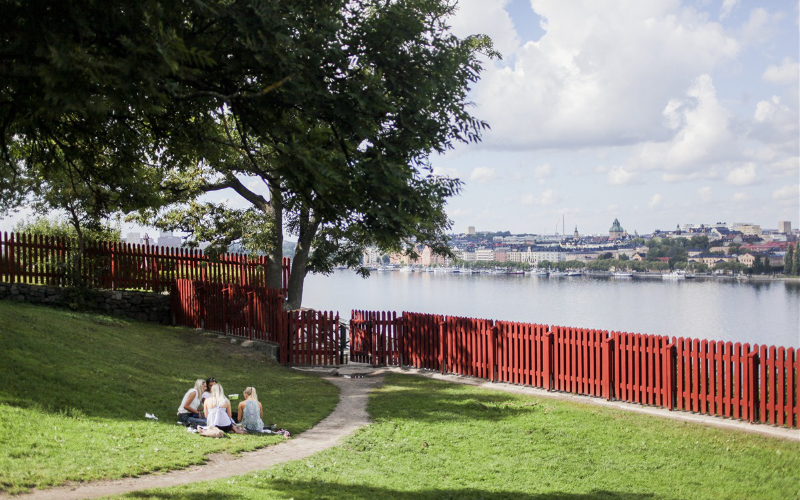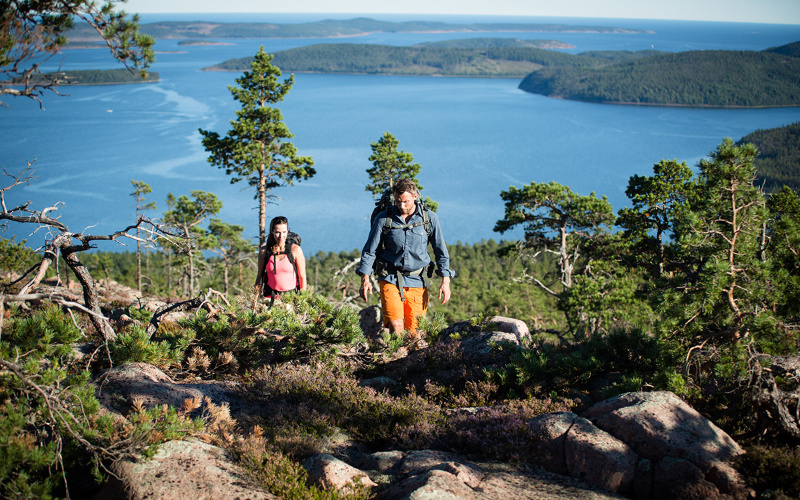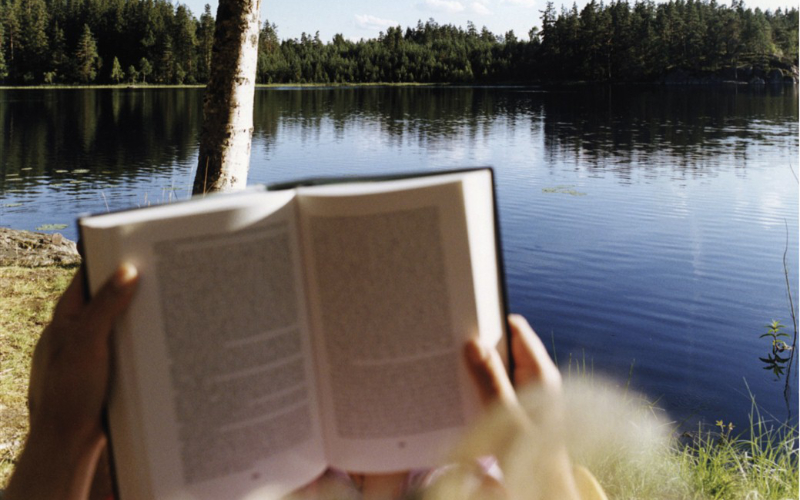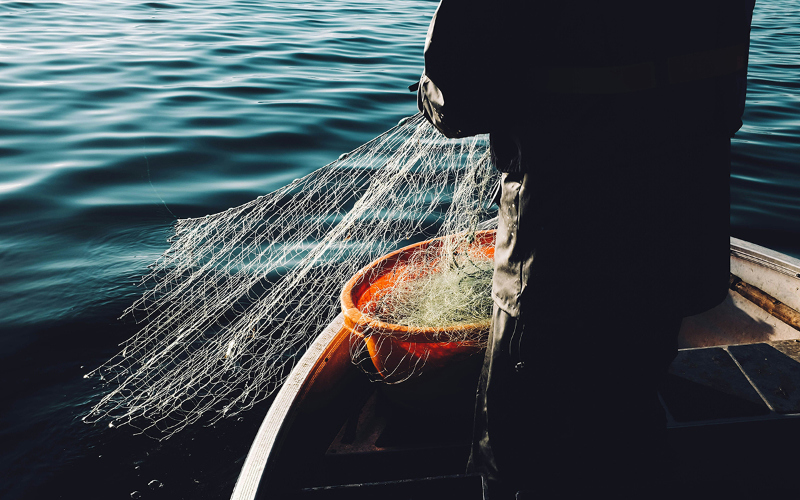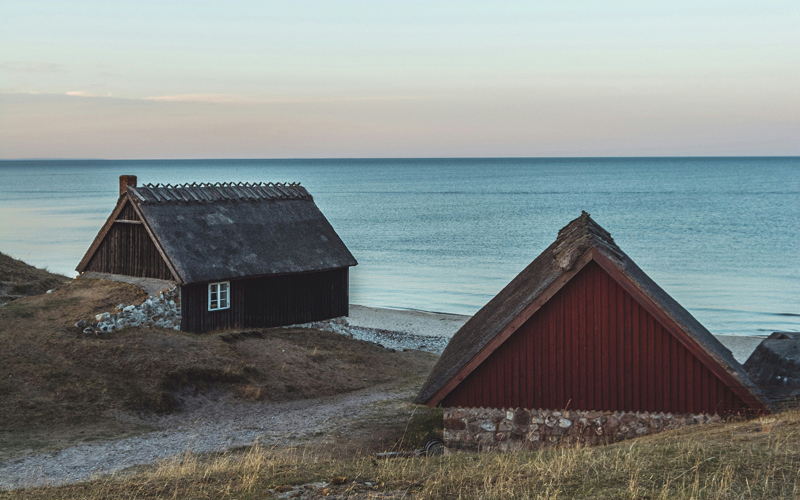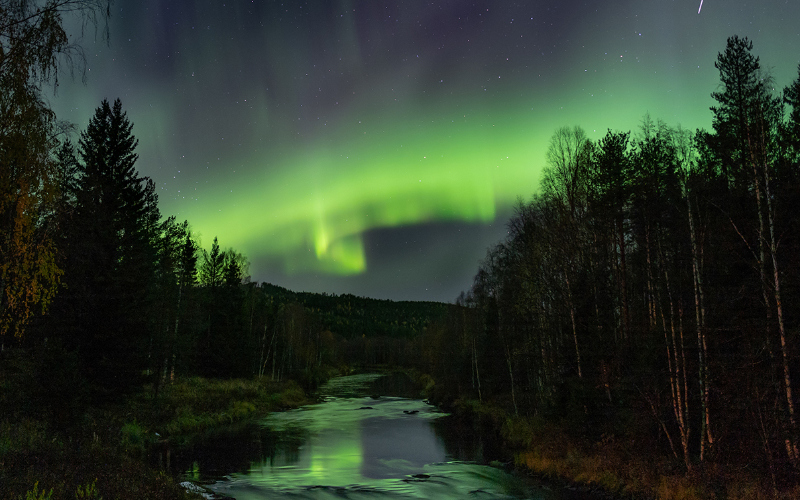Stunning Sweden thrives in every season, so choosing when to visit boils down to one simple question: are you after ice and the Northern Lights or long, warm, sunny days? From December to March, Sweden is blanketed in thick snow, providing the perfect playground for winter activities – think skating on frozen lakes and sipping spiced wine in candle-lit cabins. Summer offers the opposite, with June to August basking in sunlight, ideal for exploring islands, lakes and vibrant national parks. Spring and autumn have their own appeal, too, namely seasonal celebrations and the lack of crowds. Want to find out more? Read on for our rundown on the best time to visit Sweden...
Stockholm
Located on Sweden’s east coast, the country’s capital is spread across an archipelago of 14 islands, connected by an extensive network of bridges. Winters here are cold, with the average temperature falling below freezing (normally between -2 and -4°C). The weather in Stockholm is variable in spring, with some summery days but also hints of lingering winter weather. Summers are usually mild to pleasantly warm (around 23°C), however due to global warming, summer temperatures have reached up to 28°C in recent years. Autumn is fairly rainy and cold, with these conditions beginning as early as September and snowfall starting in November. The days are short in winter and autumn, however in the summer, the sun barely sets and rises around 3.30am.
Swedish Lapland
The Lapland region in the north of Sweden has a subarctic to continental climate, with snowy winters and milder summers. Winters in the north can be severe, with temperatures recorded as low as -30°C, and it often snows here up until May. Once the snow has cleared, temperatures do rise to a more pleasant 15°C during the summer months. If it’s views of the awe-inspiring Northern Lights that you’re in search of, this is the region you’ll want to head to, as the dark months of winter are when they’re most visible. Swedish Lapland is the perfect destination for a snow-capped adventure and the prolific snowfall provides the ideal conditions for dog-sledding, snowmobiling and ice fishing - just make sure to pack plenty of warm layers. In the summer, rainfall is moderate and temperatures stay between 10 and 15°C. Hiking is a popular summer activity, along with boating and fishing, thanks to the abundance of rivers and lakes in the area. More info about the best time to visit Swedish Lapland.
Gothenburg and the West Coast
Temperatures on the west coast of Sweden you’ll find pleasant summer, similar to those found in Stockholm (between 20 and 25°C). Winters are cold, as in the rest of the country, and rainfall is most frequent during September, October and November, so you might want to avoid visiting during these wetter months. Summers here can be spent kayaking, biking and island-hopping, so June, July and August are good months to visit.
Dalarna
Dalarna county, located in central Sweden (Svealand) is a popular summer holiday destination among Swedes, when temperatures are warmer (averaging 21°C). However, despite June, July and August being the warmest months to visit Dalarna, they also have a fairly high chance of rainfall and March is normally the driest month. Winters are subarctic and severe, with similar temperatures to those found in Lapland. Nevertheless, holidays here can be enjoyed at all times of the year; canoeing and kayaking are the main summer activities and cross-country skiing is popular in the winter. Overall, the question of the best time to visit Sweden largely depends on the activities you’re after, as the country is suitable for both winter and summer holidays - just ensure you pack accordingly for whichever time you choose.










